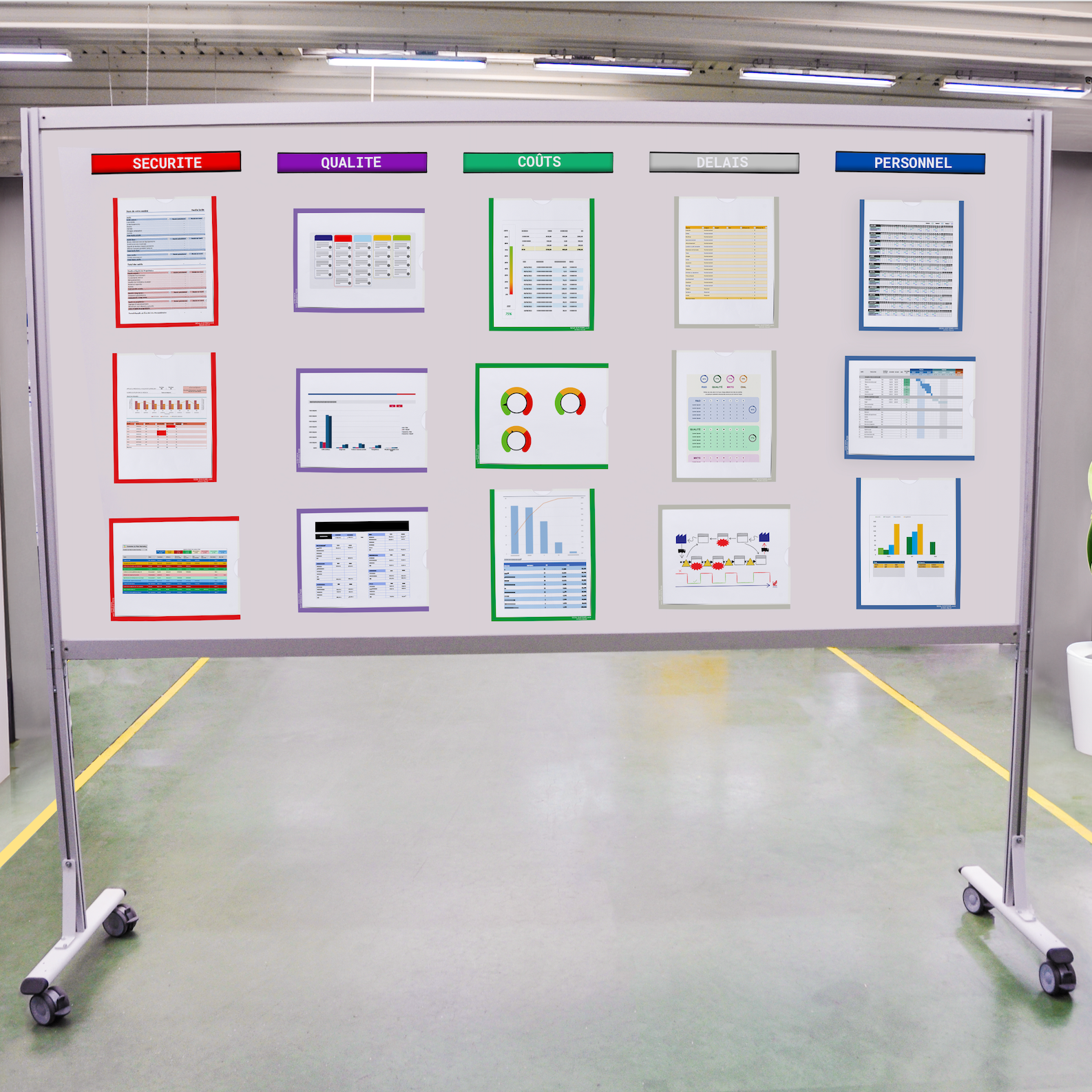Occupational therapy and industry: practical solutions to improve health and well-being at work
Today, industrial companies face a dual challenge: improving team performance while preserving workers’ health. Musculoskeletal disorders (MSDs), physical fatigue, and discomfort at the workplace are still far too common—especially in production environments where manual work predominates. To respond effectively, more and more industrial players are prioritizing quality of life and working conditions (QLWC) by turning to occupational therapy — a discipline still relatively unknown in the B2B world but one that offers valuable insights and concrete, sustainable solutions for all professions.
What is occupational therapy and what role does it play in industry?
Occupational therapy is a paramedical discipline aimed at maintaining, restoring, or improving an individual’s functional abilities, particularly in relation to their professional activities. In industrial settings, the occupational therapist analyzes the physical, cognitive, and organizational constraints to which workers are exposed, in order to adapt workstations to the real needs of users.
Unlike “traditional” ergonomics, which often focuses on tools or workspace design, occupational therapy takes a human-centered approach — one that integrates workers’ physical limits and individual abilities into a process of continuous improvement.
Why integrate occupational therapy into industry?
Incorporating principles from occupational therapy into industrial environments helps to:
-
Reduce MSDs, which account for more than 85% of occupational diseases in France (source: INRS);
-
Limit absenteeism and facilitate return-to-work after medical leave;
-
Prevent job exclusion by adapting workstations to each person’s abilities;
-
Improve employee motivation and engagement;
-
Support industrial performance through better physical organization of work.
Adapting workstations: solutions inspired by occupational therapy
In workshops, production lines, or logistics areas, repetitive physical effort, prolonged static postures, and demanding standing positions are major causes of fatigue, pain, and even disability. The intervention of an occupational therapist provides concrete, easy-to-implement solutions.
1. Encourage posture variation with sit-stand chairs
One of occupational therapists’ key recommendations is to limit prolonged sitting or standing. Sit-stand chairs allow operators to vary their posture throughout the day, reducing pressure on legs, back, and joints. They provide support without restricting movement, which is especially useful for repetitive or precision tasks.
👉 In practice, this type of seating encourages a semi-active posture, improves blood circulation, and reduces lower-back fatigue.
2. Reduce joint fatigue with anti-fatigue mats
Anti-fatigue mats are also highly recommended by occupational therapists to improve workplace comfort. In industrial environments, standing for long periods on hard floors is a significant risk factor. Ergonomic mats absorb micro-shocks, relieve pressure on feet and knees, and promote slight, beneficial instability that supports better posture.
👉 Result: workers experience less pain at the end of their shift, and productivity remains stable throughout the day.
3. Involve teams in the improvement process
The occupational therapy approach also encourages participation. By involving operators in the analysis of their working conditions, engagement is strengthened while identifying the most relevant adjustments. This joint evaluation enables co-construction — often a powerful driver of lasting change.
Occupational therapy and Lean: two complementary approaches
While occupational therapy focuses on adapting to human capabilities, it aligns closely with Lean Manufacturing principles, which aim to eliminate waste (muda), including that caused by unnecessary physical effort or poor workstation organization.
Implementing appropriate ergonomic furniture, such as sit-stand chairs or anti-fatigue mats, is therefore an investment not only in employee health but also in overall factory performance.
Conclusion: towards a more human and sustainable industry
Occupational therapy provides a detailed and personalized understanding of working conditions. When intelligently applied in industrial settings, it enables the combination of performance, safety, and well-being. Companies that invest in improving workstations quickly see results: fewer absences, greater motivation, and higher production quality.
By integrating simple yet effective ergonomic equipment — such as sit-stand chairs or anti-fatigue mats — you lay the foundation for an industrial organization that is both human-centered, agile, and sustainable.




